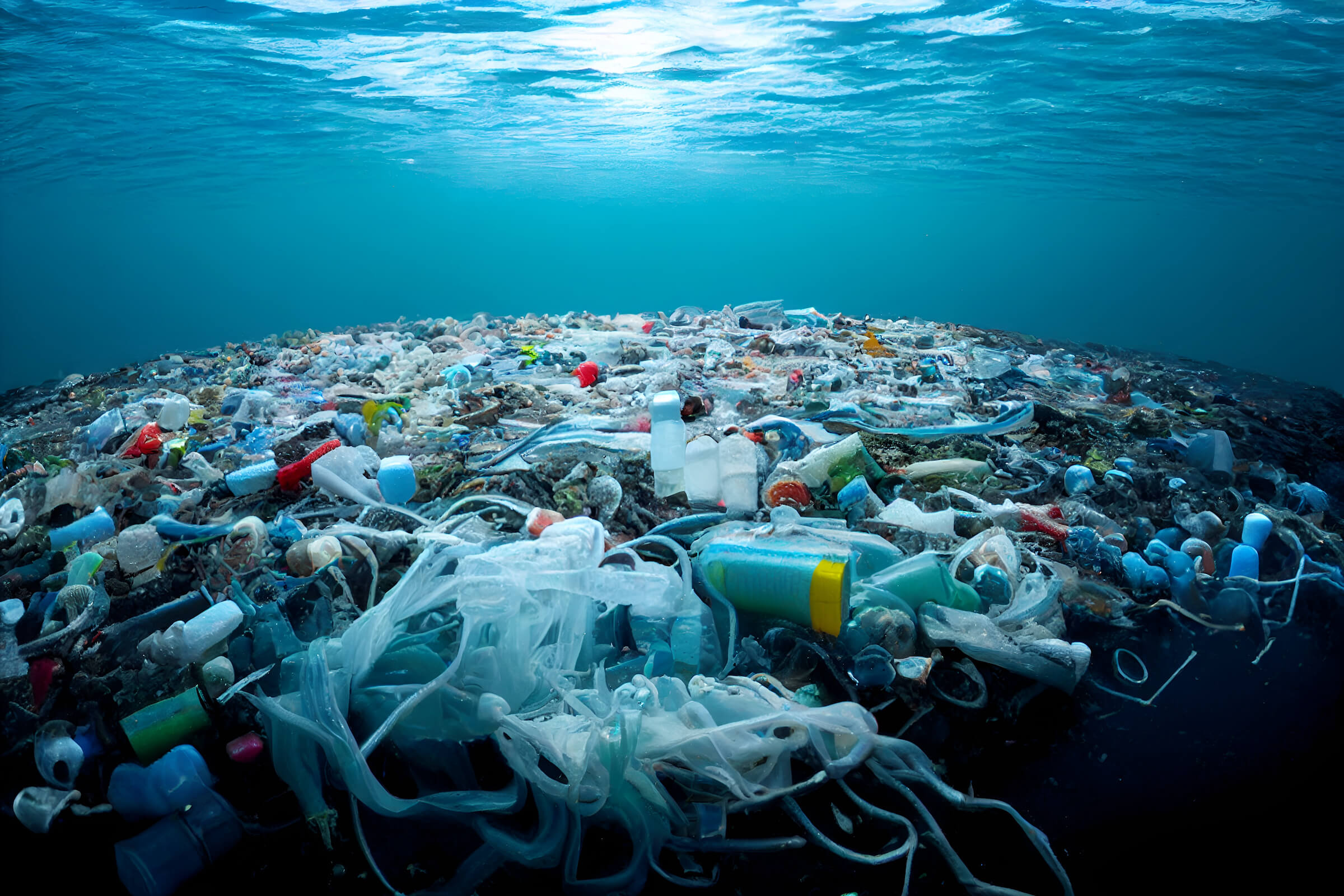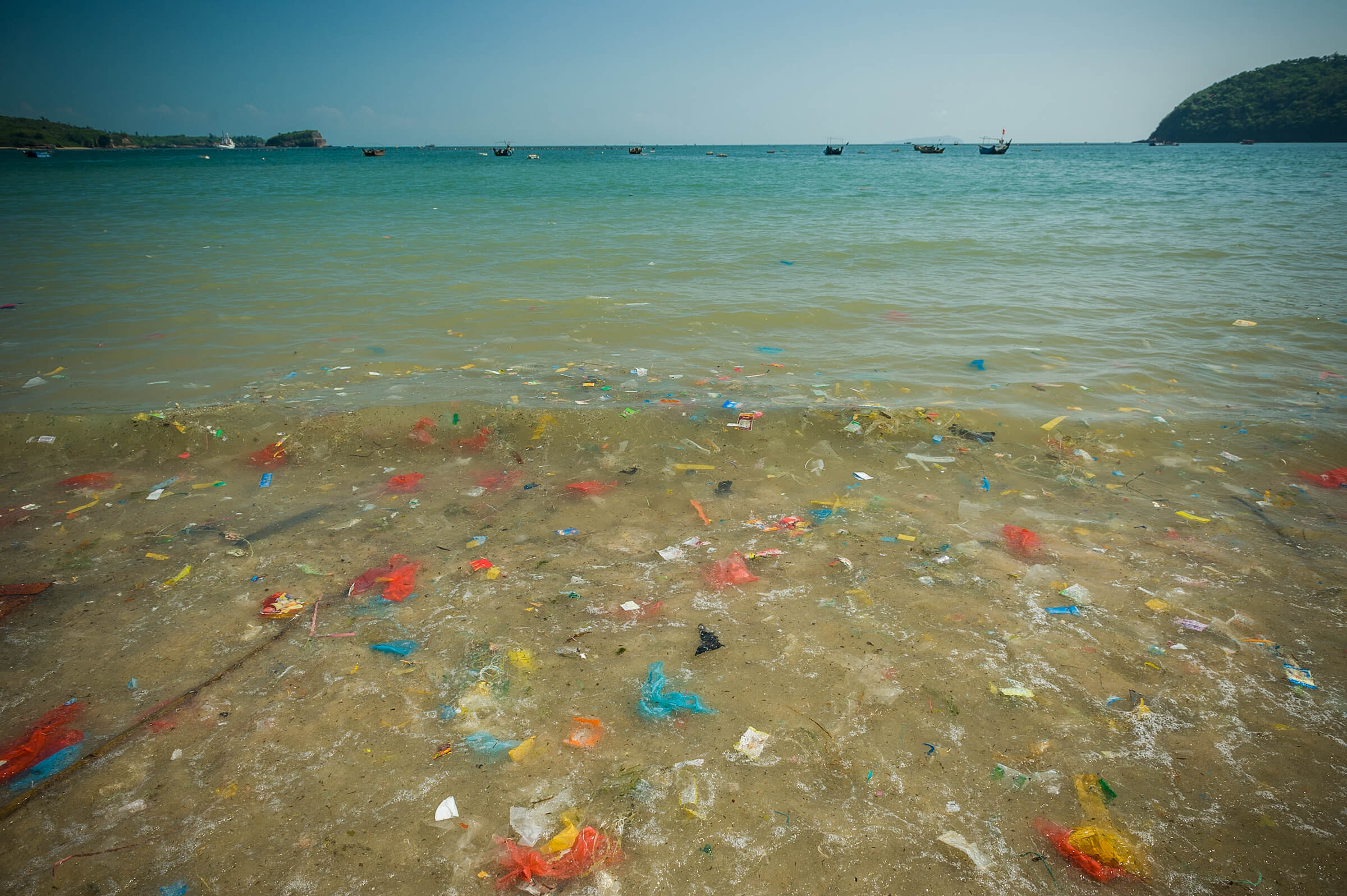
One of our greatest joys is working with charities and nonprofits that make an impact in people’s lives. Whether it’s Morehead Planetarium and Science Center, the Soil Health Institute or corporate social responsibility initiatives like First Bank’s Project Launch, it’s an honor to support their missions to make our community and the world a better place. In that spirit, we are highlighting innovative organizations that are initiating creative solutions for the world’s most complex problems in this new series Philanthropy Focus. First, we dive into The Ocean Cleanup, a nonprofit that’s solving an international, generational crisis with one brilliant teenager’s dream.
The Problem
Roughly 8 million tons of plastic enter our oceans every year. Human-created debris in the ocean is about 90 percent plastic, which cannot biodegrade, and poses a deadly threat to marine wildlife, oceanic ecosystems and future human health. Among the most visible results of this crisis is the Great Pacific Garbage Patch, a collection of floating debris that spans from the coast of California to Japan.

The History
At the age of 16, Boyan Slat went scuba diving off the coast of Greece and was distraught to find more plastic than fish. This inspired him to devise a plan for a school project that he posted online, and it ultimately caught the attention of TED Talks organizers. Slat spoke at a 2012 TEDx conference which sparked enough donations to fund The Ocean Cleanup. With the money and resources they collected from the public, the new nonprofit was able to build their ocean-based System and river-targeted Interceptor technology, deploying them in 2018 and scaling up ever since.
How They Do It
The ocean-based System technology collects floating trash with an artificial coastline that takes advantage of the currents that form garbage patches. Two ships propel a U-shaped barrier through these patches at a speed and direction based on the ocean current to collect as much debris as possible. Once the maximum amount of garbage is captured, the netting is pulled aboard one of the ships and emptied. When each ship is full, they head to shore to offload their haul and send the materials to be recycled.
The Ocean Cleanup’s studies found that 1,000 rivers across the earth are responsible for delivering 80 percent of the ocean’s total trash. Interceptor, as the name suggests, intercepts river pollution before it enters the ocean and adds to the existing garbage. It uses barriers at the mouth of the river to create an artificial current that guides the debris into a solar-powered collection vessel. Each Interceptor vessel automatically alerts its operators when it’s full, at which point a manned ship comes to replace the Interceptor’s dumpsters and deliver the collected plastic to shore for recycling.
How You Can Help
This nonprofit was born out of public support and crowdfunding, and still relies on it today. Ocean pollution is a problem that affects all of us and our future so we urge to you support them at https://theoceancleanup.com/donate/. To keep up with their amazing work, follow their engaging content on Facebook, Instagram, Twitter, YouTube, LinkedIn, TikTok, subscribe to their newsletter or listen to their podcast Catching Up.